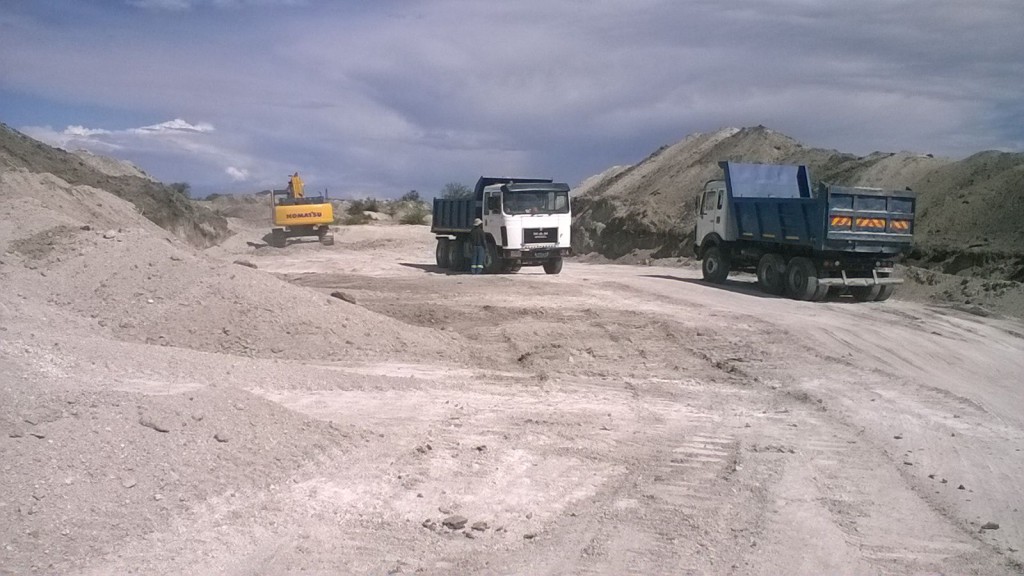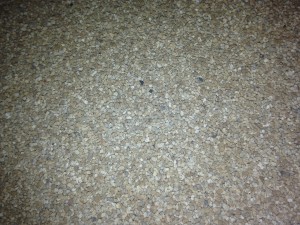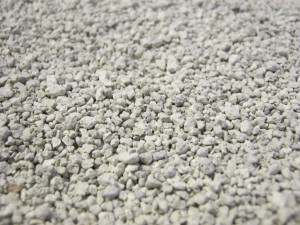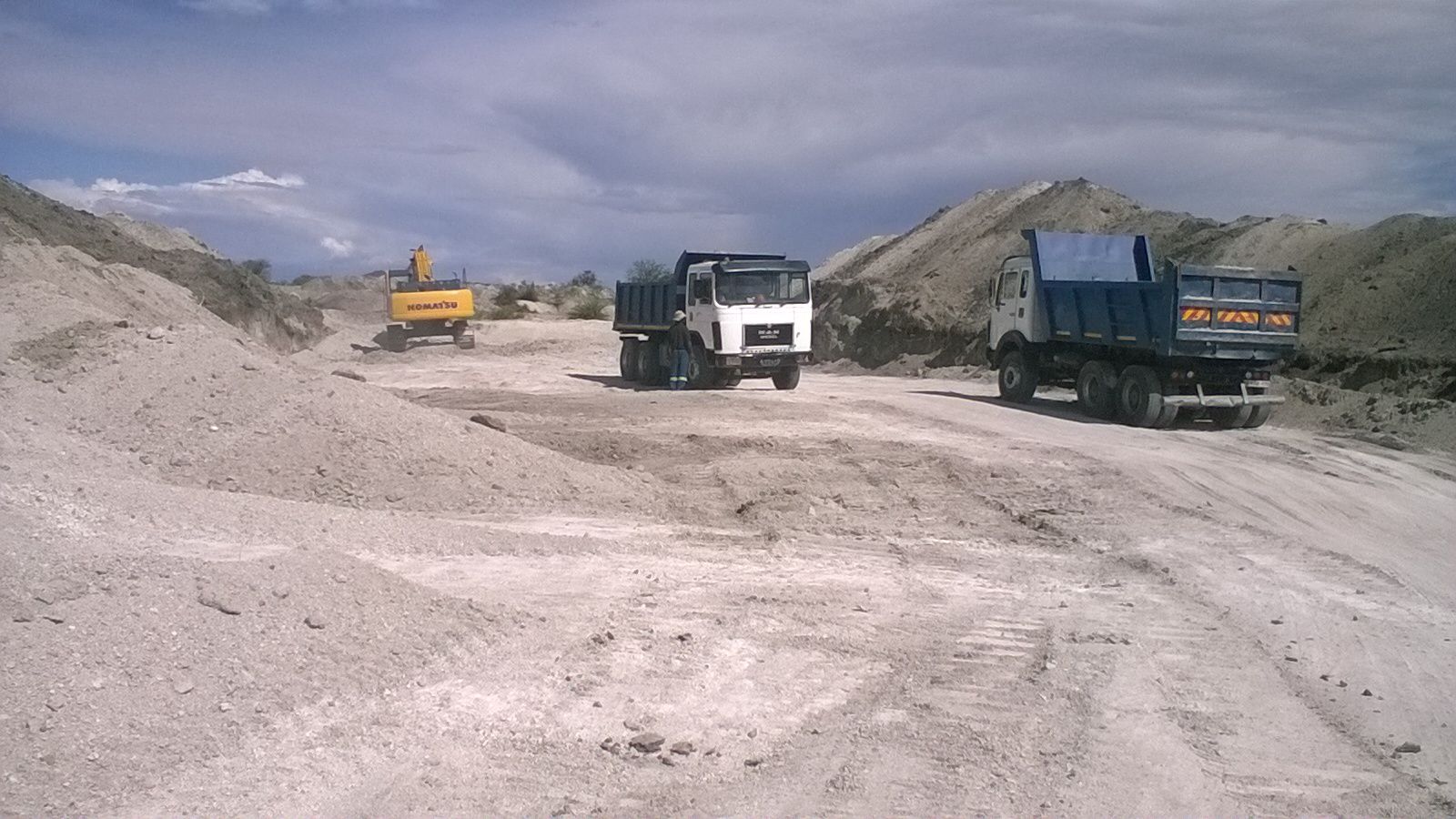ATTAPULGITE – AN OVERVIEW, USES AND MINING OF THIS MINERAL AT MATUTU ABSORBENTS
Attapulgite, which is also known as Palygorskite, is a magnesium aluminium phyllosilicate with the scientific formula (Mg,Al)2Si4O10 (OH)•4(H2O). The Attapulgite mineral naturally occurs in a type of clay soil and it is known as one of the types of fuller’s earth.
The name “attapulgite” is derived from the town of Attapulgus, which is situated in the United States of America in the southwest corner of Georgia, where the mineral is abundant and surface-mined.
ATTAPULGITE RESERVE AT THE MATUTU MINE
Matutu is a supplier of Attapulgite Clay from the North West province. The mine has more than 1 000 000 tons measured reserve, meaning that mine still has a long life ahead of it. The clay at Matutu is known for its purity and low quartz content ensuring the best physical properties. The selective, open cast surface mining techniques used at Matutu ensures that only the best quality of the mineral is mined and used for its various applications. Matutu’s Attapulgite has been applied as viscosity modifiers and other high quality products. Matutu Absorbents packs and sells the product to the public in bulk, bulk bags, and even in as small as 5kg bags!
THE PROCESS AT MATUTU ABSORBENTS
Matutu Absorbents is currently operating a crushing and drying plant located on the Matutu Mine site. The process consists of a primary crushing and screening plant that breaks the clay lumps into manageable sizes and a drying plant. The drying plant consists out of a 12 meter long rotary kiln and final product screening is performed by high efficiency Sweco style round separators.
The advantages of the process is that:
• It ensures low moisture product even during the rainy season
• Accurate sizing of the product (some products below 1% dust)
• Cost effective processing of the clay
• The ability of producing value-added products
The plant currently has a capacity of some 1500 tons per month of dried product. The plant is continually being upgraded to further increase capacity and efficiency.

Trucks transporting attapulgite from the open cast mine to the crushing and drying plant at the Matutu mine site. Photo: Gerbrand Haasbroek
THE METHOD, APPLICATION AND USE OF CALCINED ATTAPULGITE CLAY
Matutu Absorbents mines/crushes/dries/calcines and screen its high quality attapulgite clay (Magnesium phyllosilicate) into various size fractions. This is dependent on the customer and the application of the absorbent. The clay has a very specific straw like structure with crystals having an aspect ratio of 100:1 The diameter of the clay “chains” being less than 1 micron. This clay is not a swelling clay but has very specific thixotropic characteristics that is used in certain applications such as oil well drilling muds – more specifically in sea water environment.
Although the clay is highly absorbent after drying, by applying a further heating process (calcining) crystal water is removed in a temperature range of 250 to 600 degrees Celsius (This is not free water but rather water associated with the clay crystals)
This process activates the clay leaving charged sites – where the negatively charged OH ions have been removed. Due to this the clay becomes activated and it now has the ability to absorb heavy metals, water, colour and volatile chemicals in oils and other liquid products.
This activated clay can now be placed in a columnar vessel – with a screen at the bottom to retain the clay particles. When dirty oil, for example, is introduced at the top of the column it filters out residue and absorbs heavy metals and also neutralises the oil hereby restoring the viscosity and clarity of the oil.
Other processes are also used, where fine activated clay is mixed with the oil at temperature and stirred for a period enabling the reactions to take place. Once this is completed the oil can be filtered to remove the clay and impurities, once again leaving a cleaned oil.
These clays can also be acid activated where the acid reacts with the clay and creates activated (charged) sites that then allows colour and smells to be removed from a variety of edible and other oils.
OTHER APPLICATIONS AND USES OF ATTAPULGITE
Attapulgite is primarily used for pet litter, oil well drilling applications, liquid fertilizers, absorbents and desiccants. The mineral is used in various other applications which includes:
Medicine and cosmetics
Highly refined, pulverized Attapulgite is used in the pharmaceutical and cosmetic industry. Medicine containing Attapulgite is taken orally, and it physically binds to acids and toxic substances in the stomach and digestive tract. It is also believed to work as an antidiarrheal, by absorbing the bacteria or germ that may be causing the diarrhoea.
Cat litter
Attapulgite make an excellent cat litter medium. The litter absorbs the liquid. It can remove the bad smell, while preventing bacterial growth and keeping the air fresh at the same time.
Fertilizer
Attapulgite is also used for liquid fertilizer and as a carrier for pesticides.
Bleaching clay
Activated Clay is commonly used to remove surfactants and additives from jet fuel, kerosene, diesel and other fuel oils. It also removes products of oxidation and acids from hydraulic and lube oils.
Attapulgite also removes acids, are used as oxidation products, surfactants, additives, soaps, colours (Attapulgite was one of the main ingredients the Mayan’s used to make their signature colour – “Mayan blue”), and also removes other soluble contaminants from Jet Fuel, Lubrication Oils, Hydraulic Oil, Quench Oil, Insulating Oil, Mineral Spirits, and Solvents.
Filtration
Attapulgite is used for decoloursing, neutralising and stabilizing materials such as resins tall oils, cocoa butter, animal oils, fish oils etc.
Absorption qualities
Attapulgite is available in various grades. It is an extremely effective medium for cleaning oil, grease, hydraulic fluid, water and mildly-acidic spills. Using attapulgite is fast, easy, effective and safe!
Other uses
Gel-grade, dry-processed attapulgite are used in a very wide range of applications for suspension, reinforcement, and binding properties. Paints, sealants, adhesives, tape-joint compound, catalysts, suspension fertilizers, wild-fire suppressants, foundry coatings, animal feed suspensions, and molecular sieve binders are just amongst a few other uses of dry-process attapulgite.

Calcined attapulgite. Photo: Gerbrand Haasbroek

Dried attapulgite – the final product. Photo: Gerbrand Haasbroek
For further information regarding any aspect of vermiculite, please contact Sun Silicates (Pty) Ltd or visit their website https://sunsilicates.co.za/products/attapulgite/
Sources: https://dictionary.reference.com/browse/attapulgite



No Comments